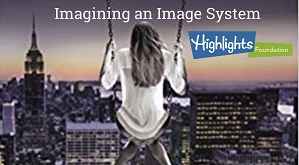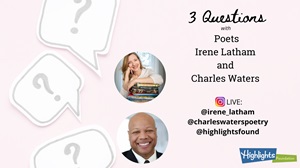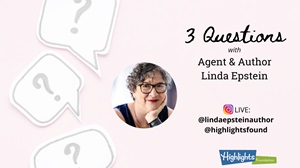“An image that is not repeated and/or loaded is mere incidental description. But in great writing, there is very little that can be classed as mere description. Image patterning, loading and repetition are basic principles in the generation and control of narrative material.”–Douglas Glover, author
Stories and Poems Employ Images Differently
Although poems are full of imagery, stories often have many images in them as well; similes, metaphors and symbols scurry through many stories, from the simplest to the most sophisticated. However, stories and poetry employ images differently. Although poetry collections generally contain multitudes of images, they are not by any means essentially tied to character and certainly not to plot. In fact, imagery in poetry can be just about the language itself or a reaction to a previous image and not at all about narrative voice. Images can do something else in verse novels. In fact, imagery can work more like it does in a novel–revealing character growth and central story themes and questions. Since the verse is poetic, however, there is also a spotlight on imagery the way there might not be in a novel. For this reason, if you are trying to write a verse novel, I suggest constructing an image system for your story.
An image system is the family of images (metaphors, similes, symbols, etc.) an author chooses to showcase in their verse novel. An image system, by use of extended metaphors, can show how characters emotionally grow and change through the course of a story. They also can work to build story tension, foreshadow events, develop secondary characters, inspire characters to action, illuminate setting and reflect a story question or theme.
The term image system originally comes from filmmakers. An image system is an image or a motif that is repeated during a film. In verse novels, the imagery is more overtly stated whereas in films it might be more nuanced because of the difference of a written form versus a visual one.
Exploring Image Systems in Your Own Verse Novel
1) Consider your setting. For example, in Thanhaa Lai’s Inside Out & Back Again, Hà moves from Vietnam to America, and this impacts how she interacts with her environment and what she sees. The symbol of the papaya in this book shifts as Ha undergoes changes. Many verse novels spotlight imagery that relates to this environmental change. For example, in Home of the Brave, by Katherine Appelgate, Kek moves from Somalia to Minnesota and a plethora of images in the book center on weather and climate.
Ask yourself:
- Where does your main character live?
- What is her/his favorite place? Least favorite place?
- What does your main character see when they look out the window?
- Is your main character new to a particular environment?
Writing exercise:
Write from your main character’s point of view describing their setting using all five senses.
2) Consider the main character’s hobby or viewpoint. For example, in my book Skyscraping I used celestial imagery because the main character studies astronomy and in my book The Way the Light Bends most of the imagery relates to photography as the main character loves to take pictures.
Ask yourself:
- What does your main character love to do?
- Do they have a favorite school subject?
- Are they passionate about something that someone disapproves of?
Writing exercise:
Try writing a poem with your character immersed in what she/he loves to do.
Extended Writing Exercise:
- Write down 3-5 different images that work best for your main character. Try not to overthink it. Look back at the previous exercises and pull imagery from the setting, character interests, age and story question/theme writing exercises.
- Write down 3-5 emotions that you know your character might feel during the course of your story (ex. Proud, scared, hopeful)
- Pick the image you like best from step 1. And pick two of your emotions from step 3. Now, try writing a few image-driven lines from your main character’s POV when she’s feeling these two separate emotions. (Ex. Describe a tree when she’s proud versus when she’s scared).
General Tips for Imagery Construction
- Figurative language is one of the ways an author creates tone. If you know the tone you want to use in your story, you might know the kind of imagery choices you would like to make as well.
- Imagery is one of the sharpest tools in the “show don’t tell” toolbox. You can show emotion, inner conflict, tension, reveal dynamics, and many other nuances through images.
- Often ending poems (or scenes) on an image can be powerful.
- In fantasy books, it is helpful to describe setting using imagery of a world we already know so we can better see the made-up one.
- Think about the age of your character when you are choosing your images.
- Think about how the character’s relationship to that symbol, metaphor, simile may change over time and how you can show this evolution.
- Match a character’s image system to their environment, hobby, direct experience.
- If you’re having trouble coming up with original imagery, try exercises that open up divergent thinking, like creative games, visual art or musical exploration.







